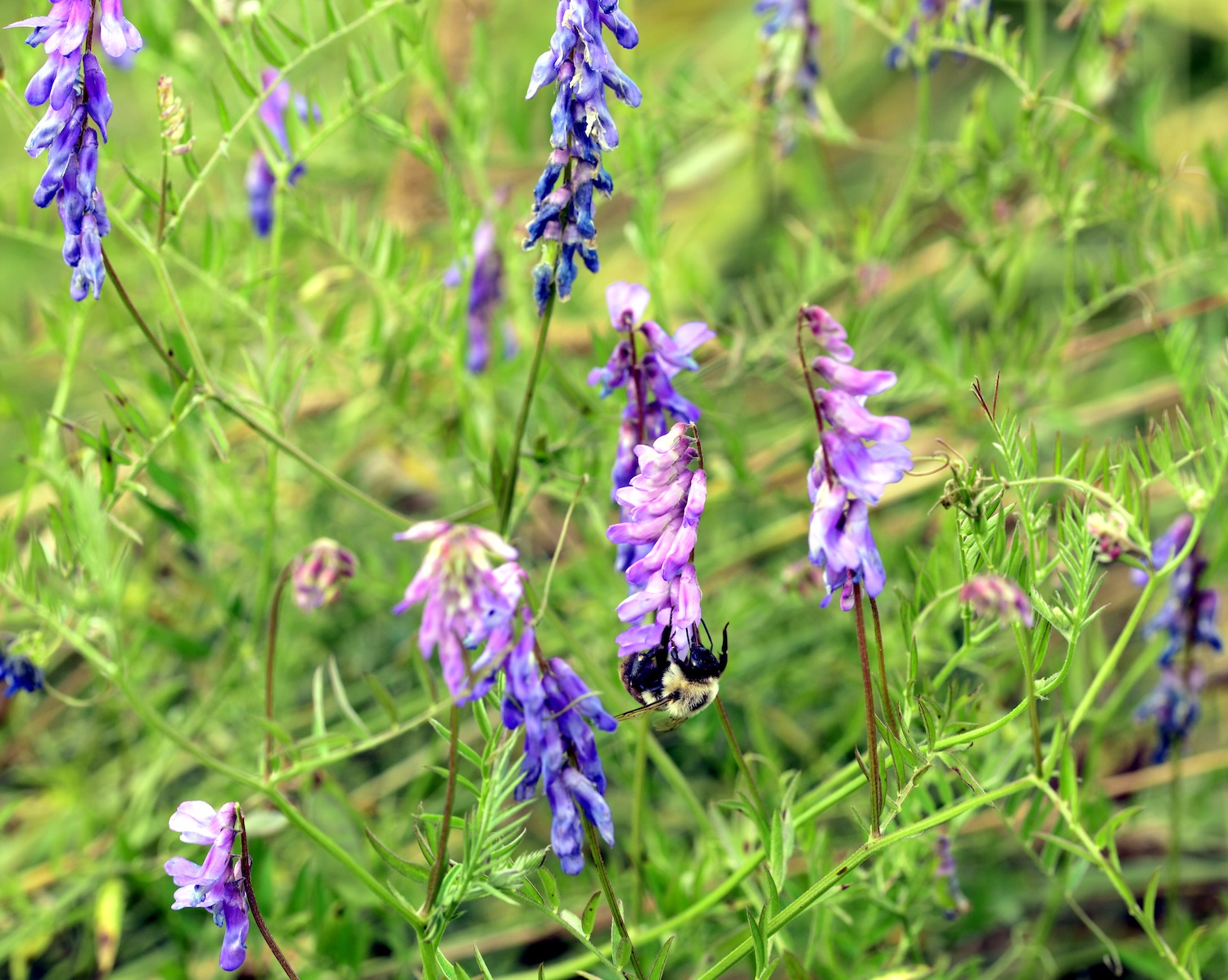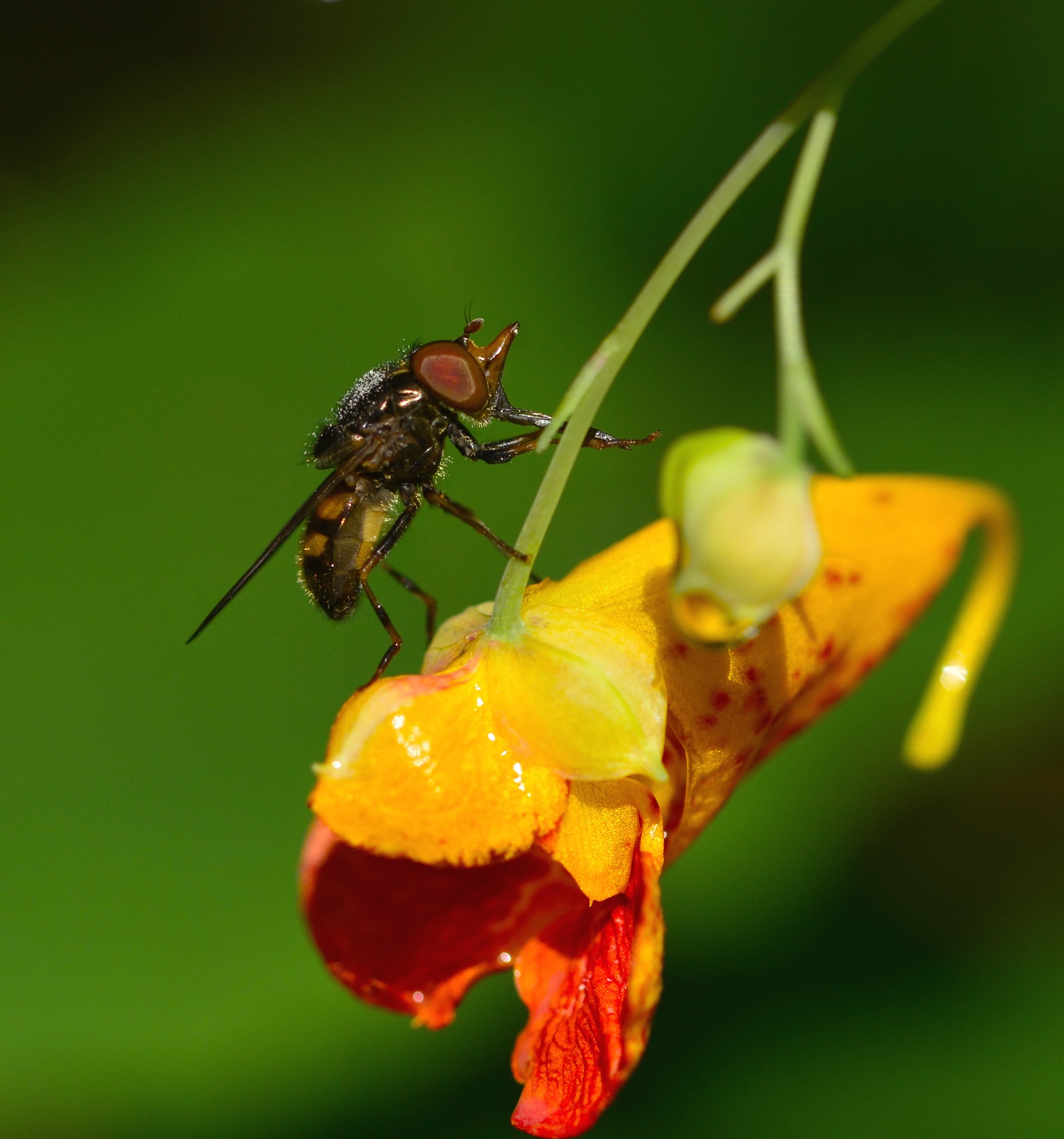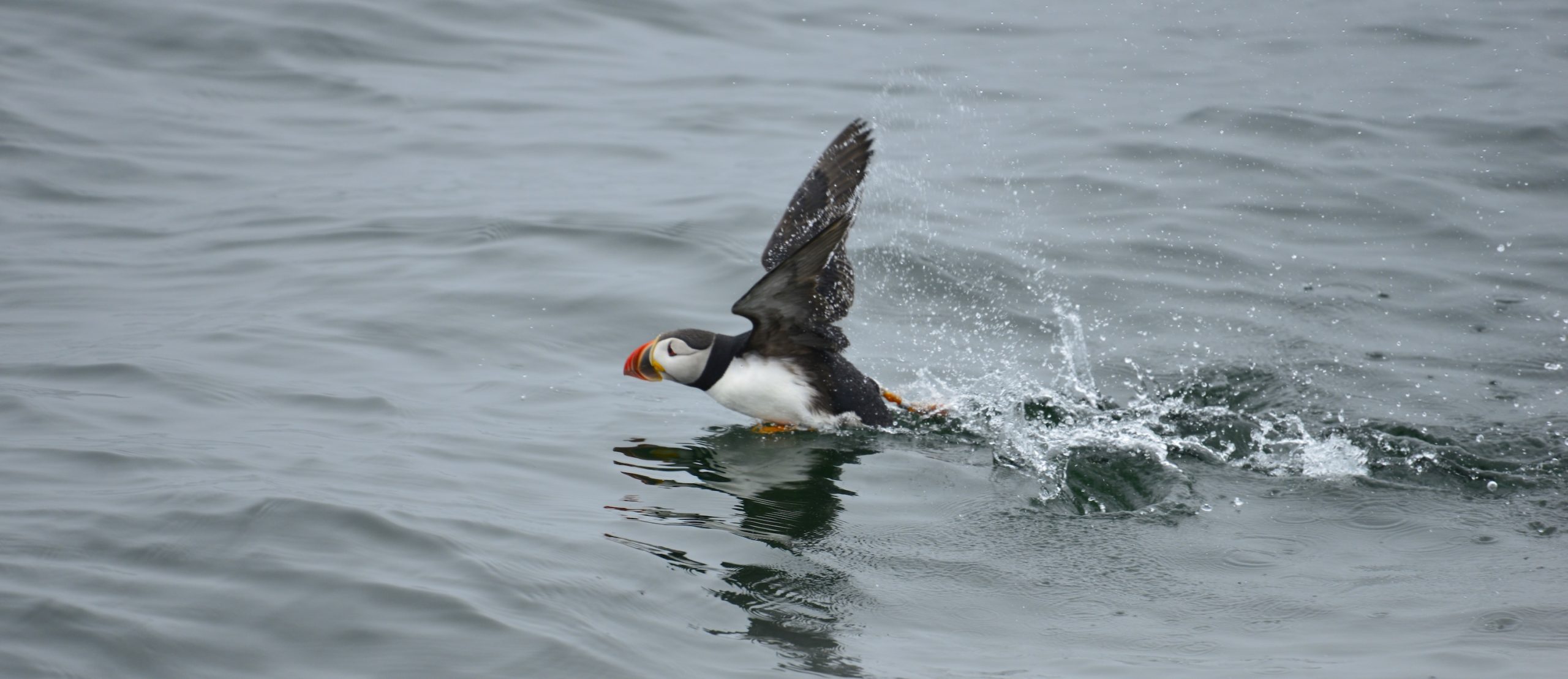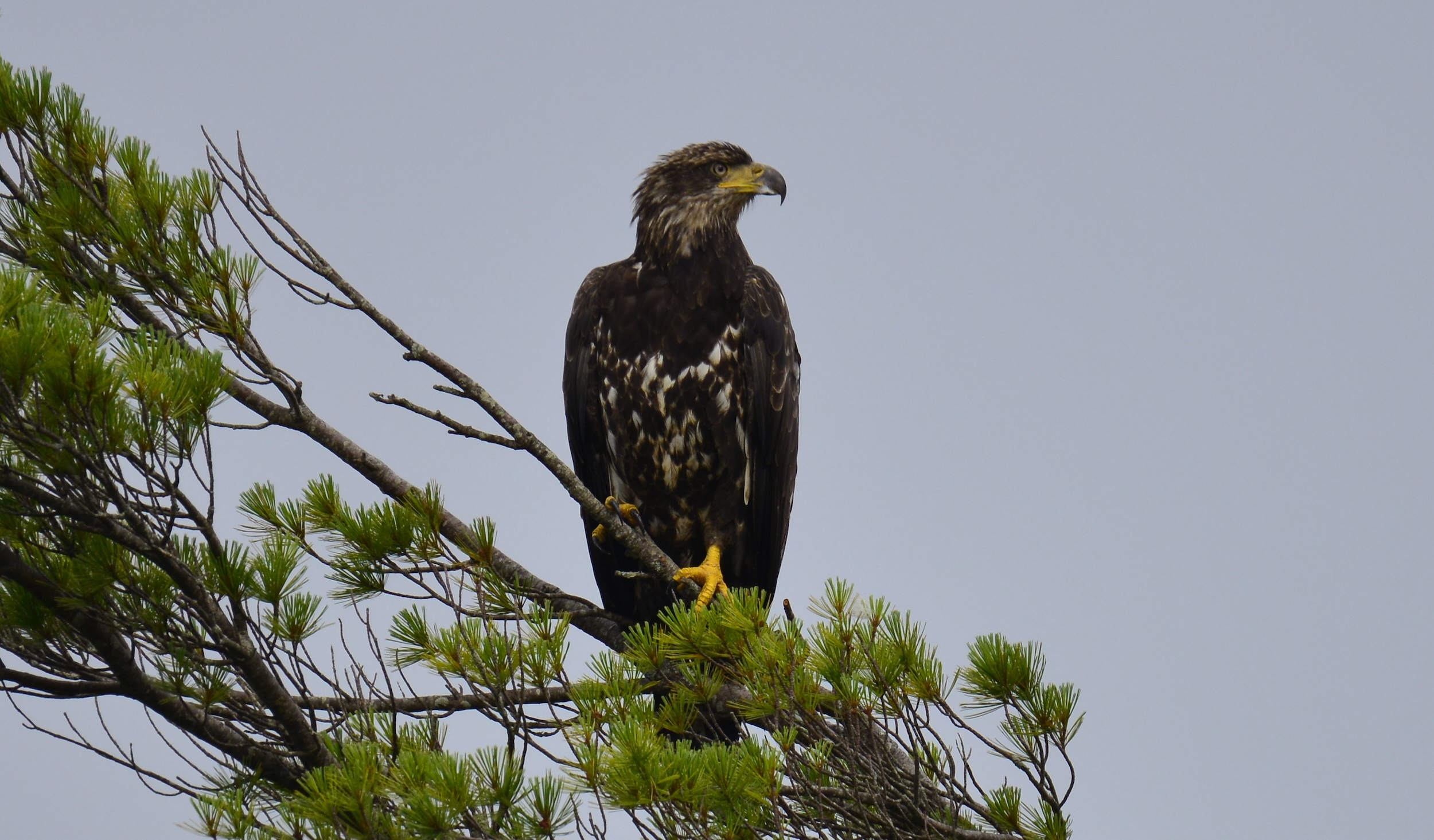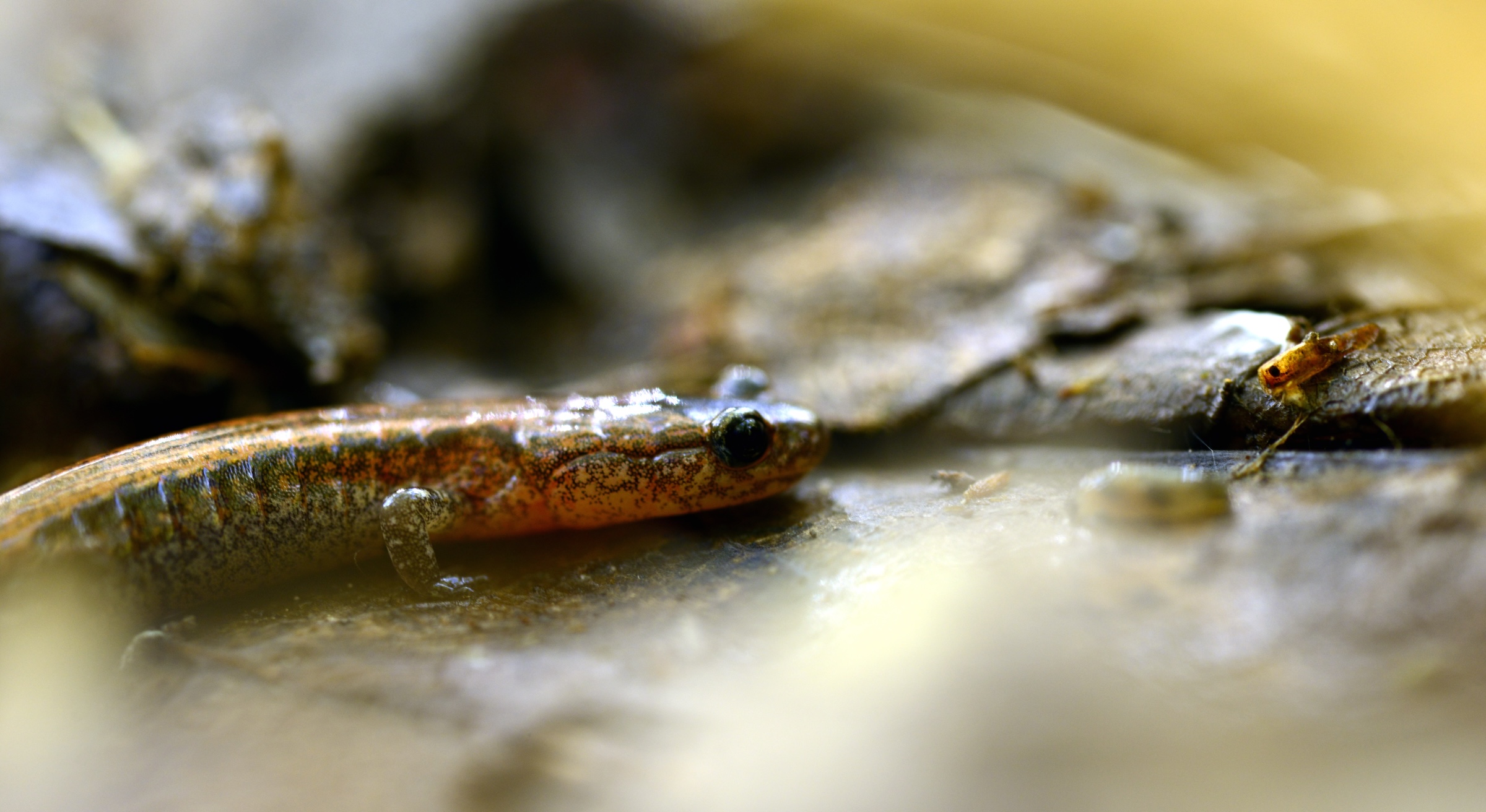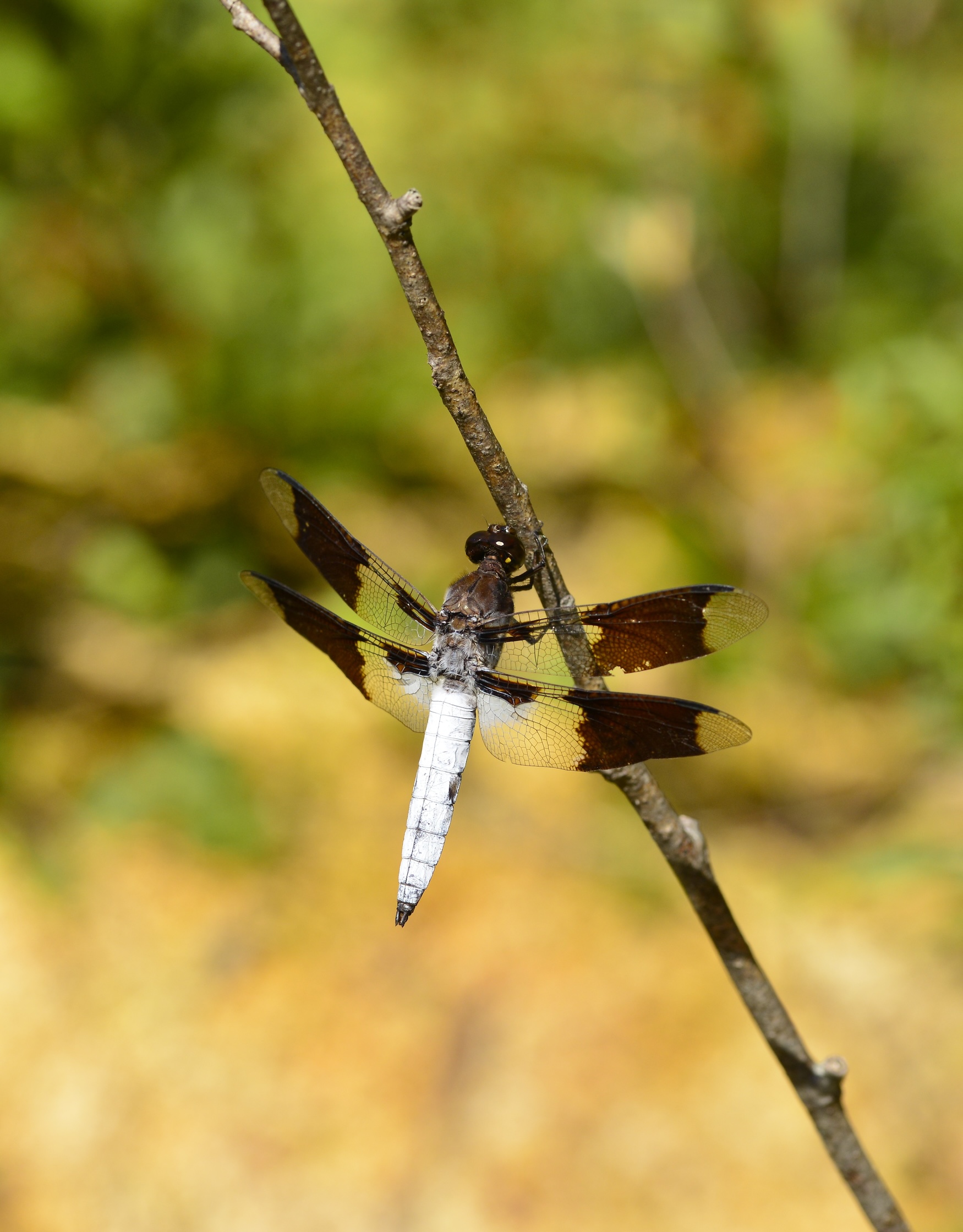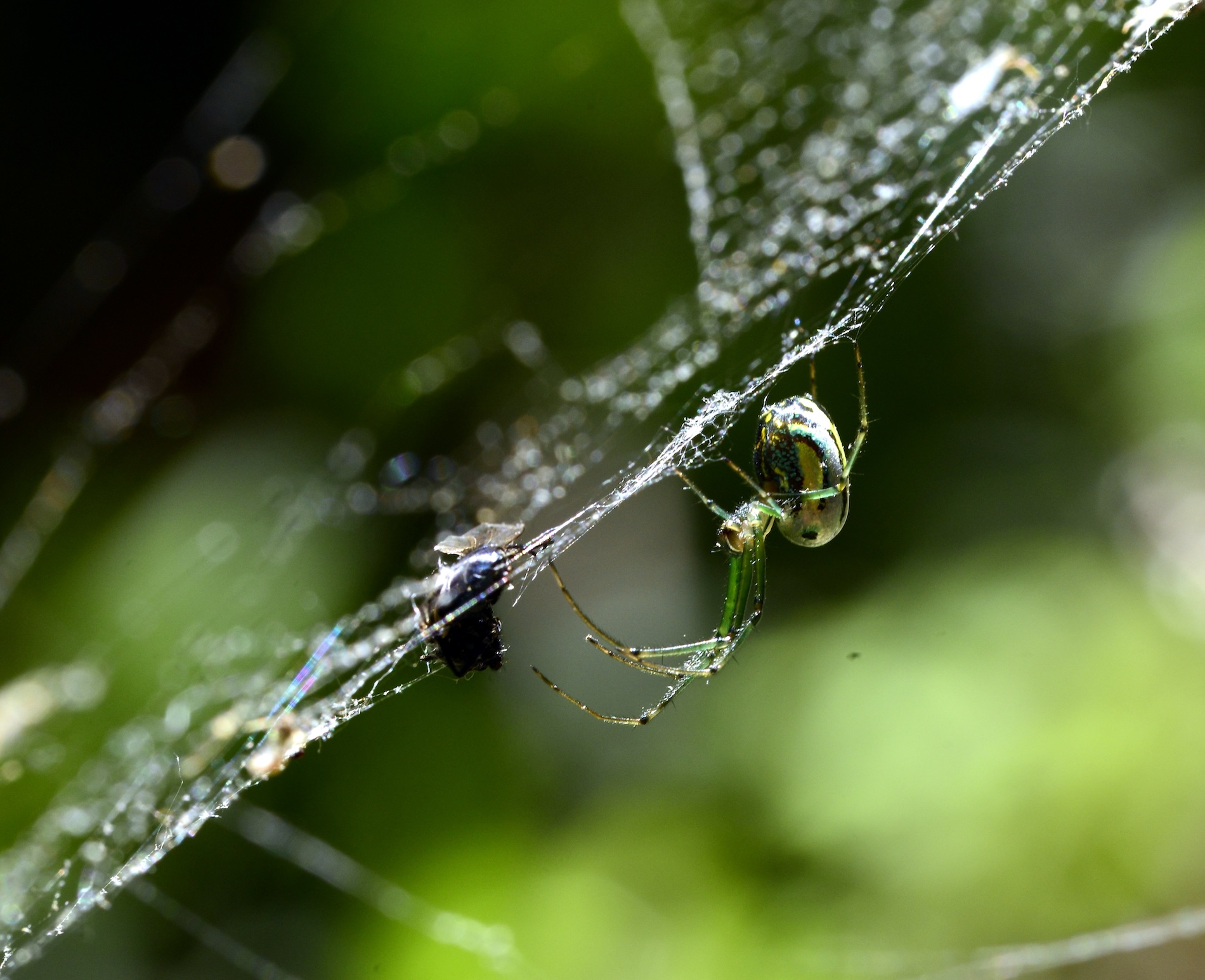Hairy Vetch – IUCN Conservation Status: Insufficient Data Hairy vetch can be found across the United States This is an eastern bumble bee hanging upside-down on a flower known as hairy vetch. This strange named flower is also known as fodder vetch, winter vetch, or sand vetch. Although Wild Boyz Photography has written about eastern bumbles in […]
Spotted Touch-Me-Not
Spotted Touch-Me-Not – IUCN Conservation Status: Least Concern This beautiful flowering plant is native to North America and is commonly found around creeks This photo was taken while Jill and I were walking around the top of Haleakala after having watched the sunrise on her birthday. We were in Hawaii for our honeymoon, staying on […]
Puffin
Atlantic Puffin – IUCN Conservation Status: Vulnerable There were puffins standing on land, flying, swimming, taking off, and landing This photo was taken off Eastern Egg Rock Island in Maine. During the summer months, Atlantic puffins gather on a remote island off of Boothbay Harbor, Maine. There are tour companies that go for puffin cruises and whale […]
Albatross
Atlantic Yellow-Nosed Albatross – IUCN Conservation Status: Endangered They have a black bill with an orange trim This is a bird I might never see again. It is an endangered bird called an Atlantic yellow-nosed albatross. This photograph was taken from a boat just offshore of Eastern Egg Rock Island in Maine. This was a vagrant sighting, meaning […]
Juvenile Bald Eagle
Bald Eagle – IUCN Conservation Status: Least Concern In 2007, bald eagles were removed from the endangered species list altogether This majestic raptor is a juvenile bald eagle. Many of us are familiar with the history of the bald eagle in America. Ben’s previous story can get you up to speed. We are encouraged to see a rebound […]
Red-backed Salamander
Red-backed Salamander – IUCN Conservation Status: Least Concern They tend to prefer neutral soils and will avoid acidic soils This creature does not have lungs! Instead, it breathes through a process called cutaneous respiration. So long as its skin is moist, red-backed salamanders can exchange gas through their skin. These interesting amphibians are only two to four inches […]
Common Whitetail Skimmer
Common Whitetail Skimmer – IUCN Conservation Status: Insufficient Data Female whitetail skimmers will release their fertilized eggs into water, mud, or vegetation This is a common whitetail skimmer dragonfly photographed near the Zealand River in the White Mountains of New Hampshire. More specifically, this is a male dragonfly. How do the males differ visually from the females? Male […]
Orchard Orbweaver
Orchard Orbweaver – IUCN Conservation Status: Insufficient Data The orchard orbweaver will suck this liquid out of the bite hole These ornate spiders are called orchard orbweavers. If you live in the eastern United States, this spider is one of the more commonly seen spiders. They are found from Canada to Brazil. Technically, there are two almost identical […]
Great Egret
Great Egret – IUCN Conservation Status: Least Concern Adult great egrets will have all white feathers This contorted creature is a great egret. This photograph was taken at Fort De Soto Park, just outside of St. Petersburg, Florida. The water in the background is the Gulf of Mexico. This great egret is using its long and flexible neck […]
Blue-fronted Dancer
Blue-fronted Dancer – IUCN Conservation Status: Least Concern Blue-fronted dancers are a type of damselfly This wild winged creature is called a blue-fronted dancer. It is called a “dancer” because of how it flies. Notice the thin transparent wings. The blue-fronted dancer is a type of damselfly. Damselflies are smaller than dragonflies. The male blue-fronted dancers have a blue thorax […]
